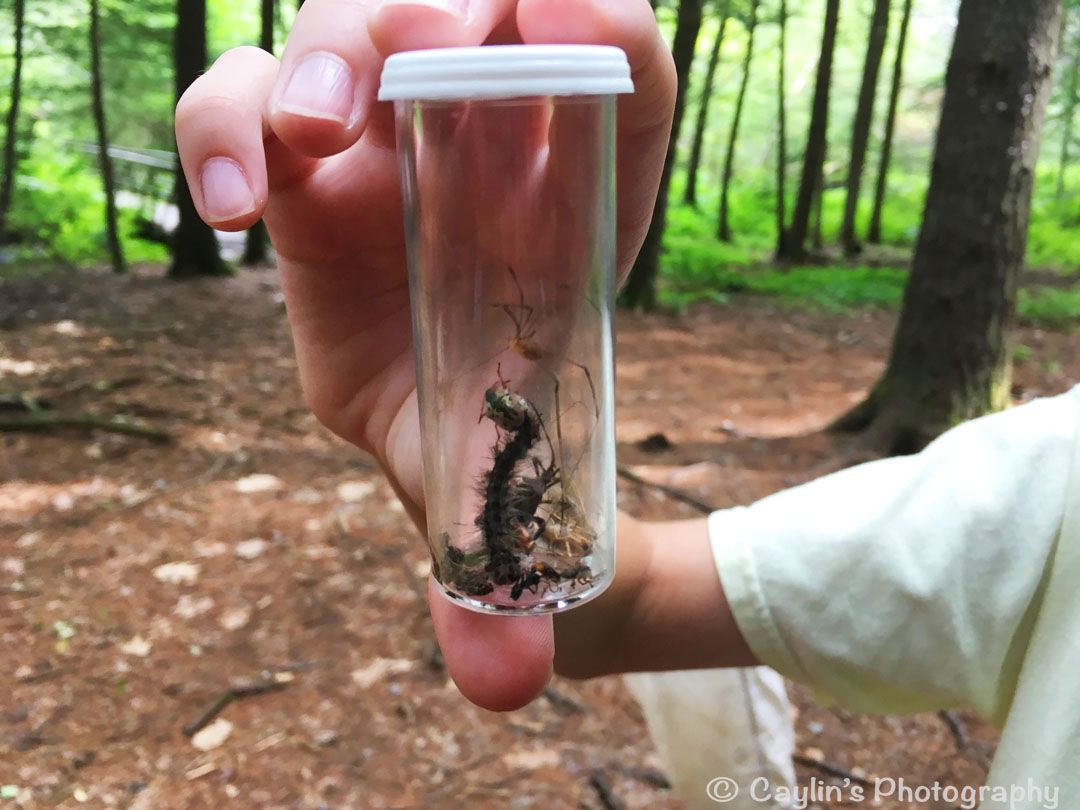
Blog
Stories from my personal journey learning about and delivering Nature-rooted programs across three different countries
A learning environment where the kids who can't sit still succeed...
Caylin (Forest Schooled)

Empty space, drag to resize
Short on time? Listen to this blog post as a podcast. And subscribe to my podcast channel on Apple Podcasts, Google Podcasts, or Spotify.
Being able to sit still and listen are good qualities. They require the ability to focus, to engage self-control, and also provide the opportunity to learn from another person who's sharing their experience and knowledge. So, even though 'sitting still and listening' are skills that many children struggle with, it seems a good idea to help them develop those qualities throughout their education. Or is it?
Some children develop excellent self-restraint and become extremely pleasant listeners perfectly capable of sitting still for significant periods of time. But there are also some children who just don't... and this can create a whole host of problems for them, particularly within traditional school settings. I worked with a boy like this recently. His name was Chris and he was middle-school age.
Chris really struggled to sit still and had actually developed anxiety about situations where this would be required. It was extra difficult to try to involve him in things in which a group was required to quietly listen because his anxiety would kick in even before the fidgeting. He anxiously expressed to me once, just before one of these situations, “I know I won't be able to keep quiet or stay still and then I'll get the whole group in trouble and everyone will be mad at me.” It was a pattern he seemed to have noticed from his past experiences and had come to predict as the inevitable outcome.
The thing that distracted Chris the most was his desire to interact with the natural world, particularly with insects. He had a deep fascination for these creatures and over time I discovered he also had an incredible foundation of knowledge about them too. His ability to spot a tiny bug on a leaf and then accurately identify and tell you an interesting fact about it too was absolutely phenomenal! He'd obviously spent many hours pouring over books and identification keys, reading and learning about them.

In an effort to nurture this passion, along with an honest interest in it too, I would go to Chris to ask questions about bugs I had seen or found. Sometimes he'd be able to answer my questions, but also had no problem admitting when he could not. There were times where we would look up things together or he would go home and come back the next day with more information to tell me about it. Our joint interest in identifying insects then extended into discussions about identifying plants, due to the benefit of more easily finding particular insects when you have an understanding of their habitat and food sources. This further extended into talking about other creatures found in these habitats, like salamanders and frogs, and we would look for them too when we could.
If given the chance, Chris would easily spend hours upon hours each day happily exploring the outdoors, carefully scanning the plants and the ground for animals camouflaged or hidden amongst the foliage, rocks, or fallen logs. His seemingly endless curiosity and self-motivation to learn was impressive and his highly developed observation skills were inspiring.
My experience with Chris reminded me of an article written by Peter Gray in Psychology Today about ADHD-labeled children's experiences outside of conventional schooling. Gray (2010) conducted a qualitative analysis of the stories people shared about their experience with ADHD-treated children who left mainstream school. Gray drew three conclusions from these stories which I'll summarise here:
- In most cases, the need for medication was reduced.
- In general, the children's mood, behaviour, and learning improved as a result of being in environments better suited to dealing with ADHD characteristics.
- Many of the children had a greater need for self-directed education and were able to “hyper focus” when participating in things that interested them.
Gray (2010) stressed that this is only a preliminary study, yet he still presents an interesting and thought-provoking case for giving deeper consideration to the learning needs of children, like Chris, who struggle to sit still.
Like I said at the beginning of this article, being able to sit still and listen are good qualities... but so are curiosity, self-motivation, keen observation skills, enthusiasm, and a desire to learn in a self-directed setting.
References:
Gray, P. (2010) Experiences of ADHD-Labeled Kids Who Leave Typical Schooling, https://www.psychologytoday.com/blog/freedom-learn/201009/experiences-adhd-labeled-kids-who-leave-typical-schooling, 08-26-2017.
More Posts
WANT TO GET FOREST SCHOOLED TOO?
Subscribe to my email letters, something special from me to you so we can learn together. Each one is filled with heart-felt stories from the forest, resources you may find useful, and things that hopefully bring a smile too.
Thank you!
© by FOREST SCHOOLED
